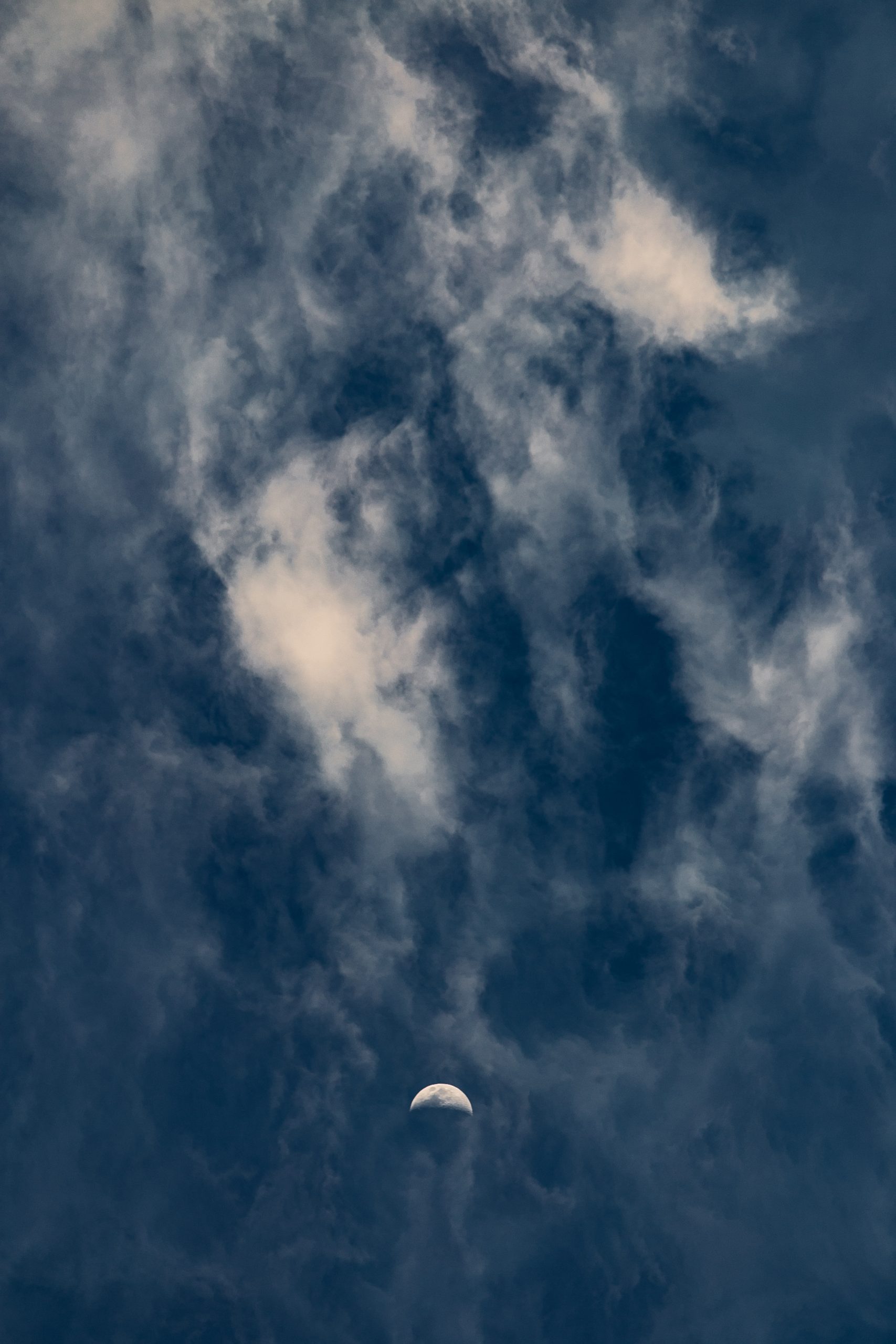What to Do with Moon Water: Exploring the Possibilities of Lunar H2O
The discovery of water on the Moon has opened up a world of possibilities for space exploration and even future colonization. This remarkable finding, made by NASA’s Stratospheric Observatory for Infrared Astronomy (SOFIA) in October 2020, has sparked a renewed interest in understanding the potential uses and applications of moon water. In this blog post, we will delve into the various ways moon water could be utilized and its significance for human space exploration.
The Importance of Moon Water
Water is an essential resource for life as we know it, and its presence on the Moon is crucial for not only sustaining human visitors but also for further space expeditions. The discovery of moon water has profound implications for several reasons:
- Drinking Water: Astronauts on long-duration missions can use moon water as a reliable source of drinking water, reducing the amount of water that needs to be transported from Earth. This would significantly cut down on launch costs and make prolonged space travel more sustainable.
- Hydrogen and Oxygen Production: Moon water can be separated into hydrogen and oxygen through a process called electrolysis. These two elements can be used as propellants for rockets, potentially eliminating the need to carry large quantities of fuel from Earth. This could revolutionize space travel, making it more efficient and accessible.
- Oxygen for Life Support: The oxygen derived from moon water can also be used to sustain human life during lunar missions. It could serve as a crucial component for life support systems, ensuring that astronauts have a breathable atmosphere.
- Greenhouse Cultivation: Water is vital for growing plants, and the presence of moon water enables the possibility of establishing greenhouses on the lunar surface. These controlled environments could support the cultivation of fresh food, improving the quality of life for future lunar inhabitants and reducing dependency on Earth for supplies.
- Radiation Shielding: Moon water has the potential to serve as a radiation shielding material. By utilizing its high hydrogen content, it can help protect astronauts from harmful cosmic rays and solar particles. This would be particularly valuable for extended missions where astronauts would be exposed to higher levels of radiation.
Extracting and Utilizing Moon Water
While the potential uses of moon water are vast, extracting and utilizing it is not without its challenges. The first step in harnessing lunar H2O involves mapping its distribution and abundance across the Moon’s surface. This requires the deployment of specialized instruments and probes to conduct detailed surveys.
One promising technique for extracting moon water is through the use of lunar resource mining. Robots or manned missions could be sent to the Moon to collect the water-ice deposits found in permanently shadowed regions, such as the polar craters. Once obtained, the water would need to undergo purification processes to remove impurities and ensure it is safe for consumption and other uses.
In terms of utilization, several methods could be employed:
- In-Situ Resource Utilization (ISRU): ISRU involves using resources available on-site to meet the needs of lunar missions. Moon water, combined with other minerals found on the Moon, could be used for manufacturing construction materials, propellant production, and life support systems.
- Water Recycling: To minimize waste and maximize efficiency, water recycling systems need to be implemented on lunar habitats. Recycling technologies can help purify and reuse water multiple times, reducing the reliance on Earth for fresh supplies. This closed-loop approach is crucial for sustainability on long-duration missions.
- Trading and Export: Beyond sustaining lunar missions, moon water could have commercial value. As private companies enter the space industry, the extraction and exportation of lunar resources, including water, could become a lucrative enterprise. This revenue-generation potential could further incentivize lunar exploration and colonization.
The Future of Moon Water
The discovery of moon water has paved the way for a new era of space exploration and has the potential to revolutionize our understanding of the Moon. As researchers continue to study and refine techniques for extracting and utilizing lunar H2O, it is only a matter of time before it becomes an integral part of space missions. The establishment of a lunar base, sustainable space travel, and even interplanetary colonization are within reach with the presence of water on our celestial neighbor.
As we look to the future, it is vital that scientific collaboration and international cooperation drive the responsible and ethical use of moon water. The preservation of lunar resources and environmental integrity must be prioritized to ensure sustainable exploration and prevent conflicts or exploitation that could hinder our progress.
In conclusion, the discovery of water on the Moon represents a monumental leap in human space exploration. Moon water opens up a wealth of possibilities, ranging from sustaining life and providing necessary resources for missions to improving the feasibility of long-duration travel. As we unravel the mysteries of lunar water further, we inch closer to a future where mankind extends its reach beyond our home planet, utilizing the resources available to us in the cosmos.
Table of Contents
